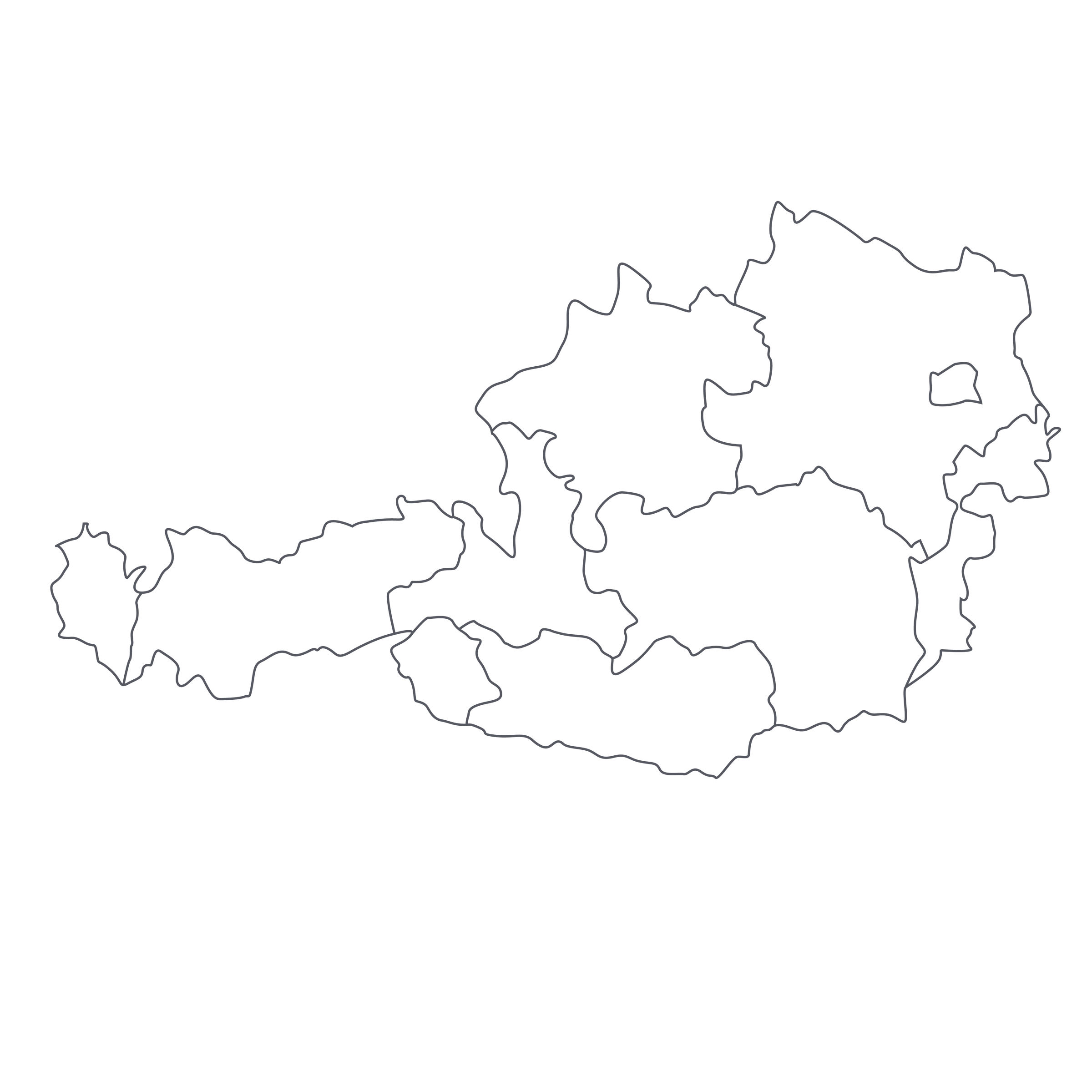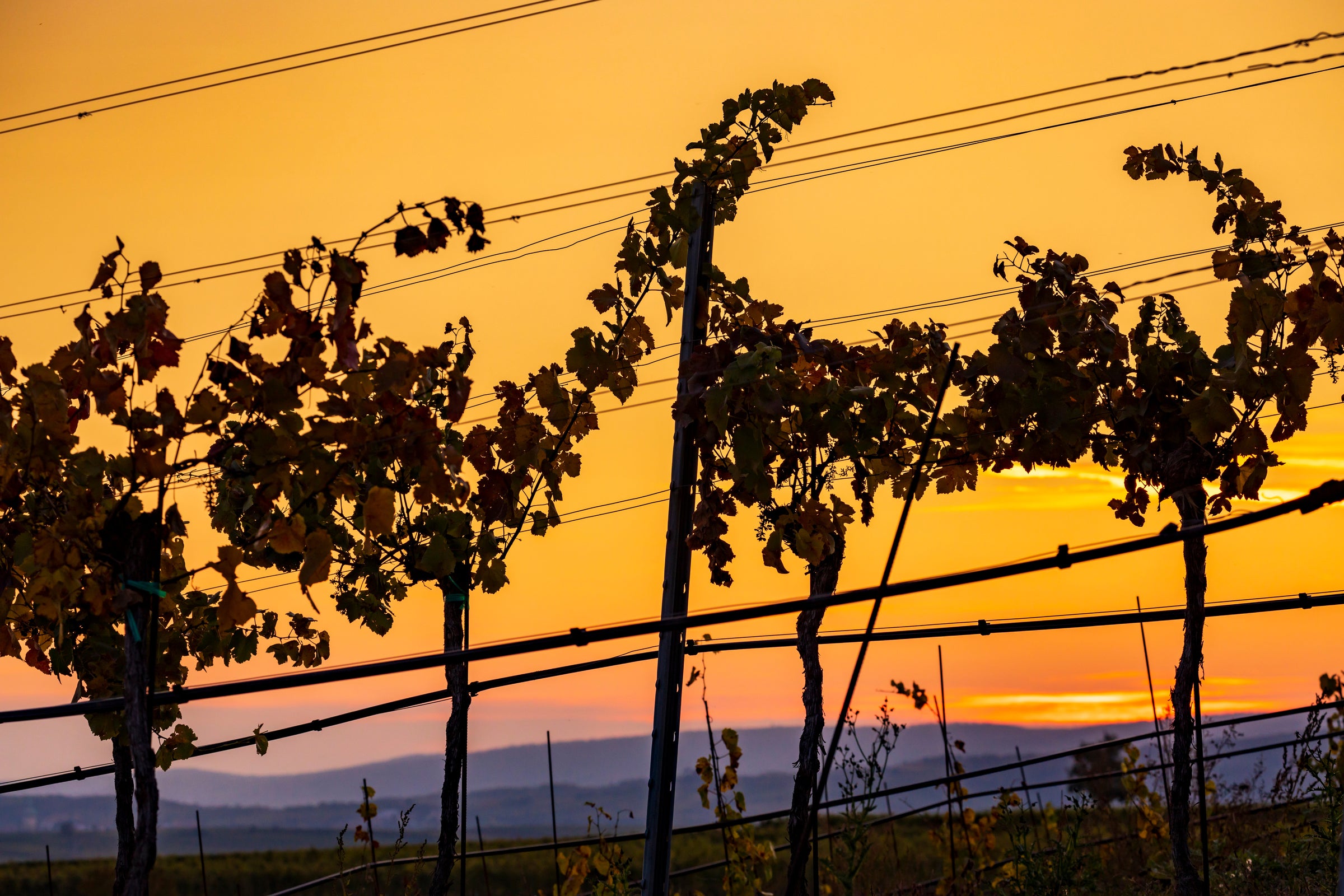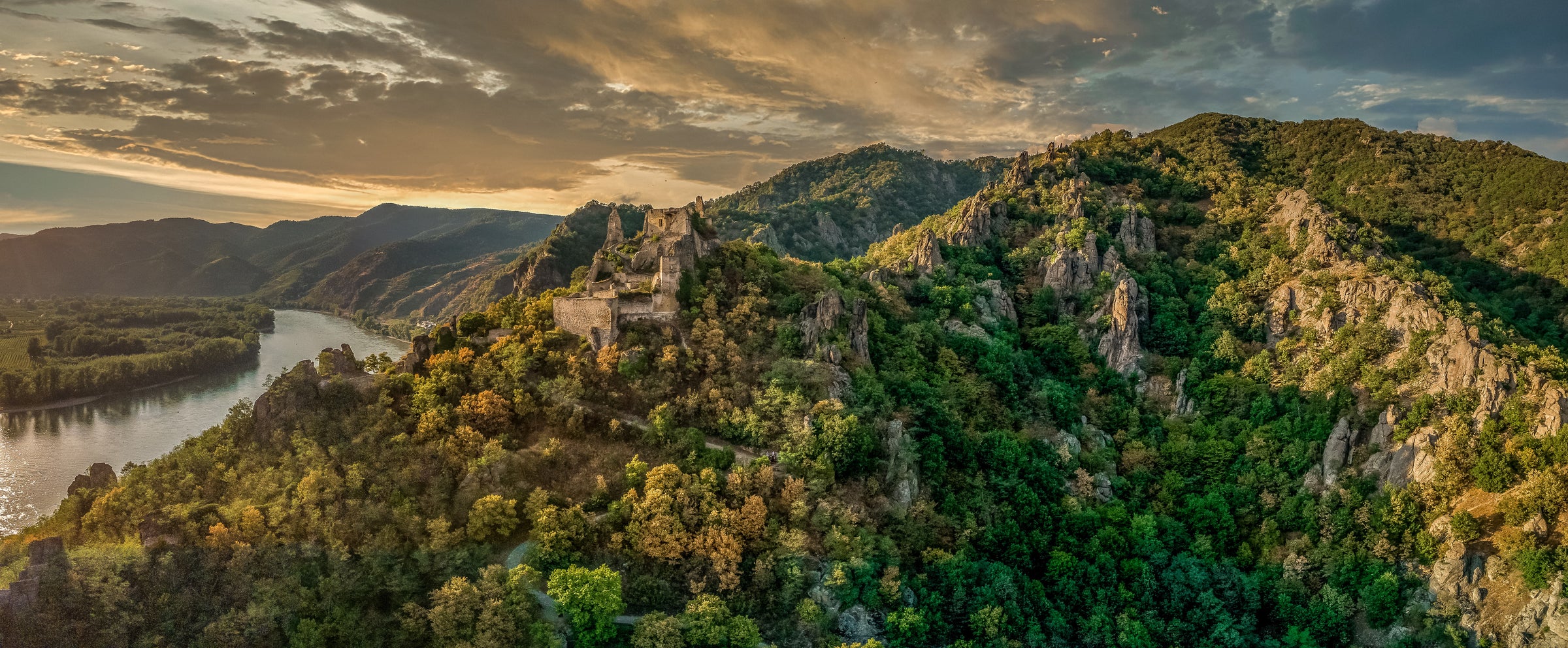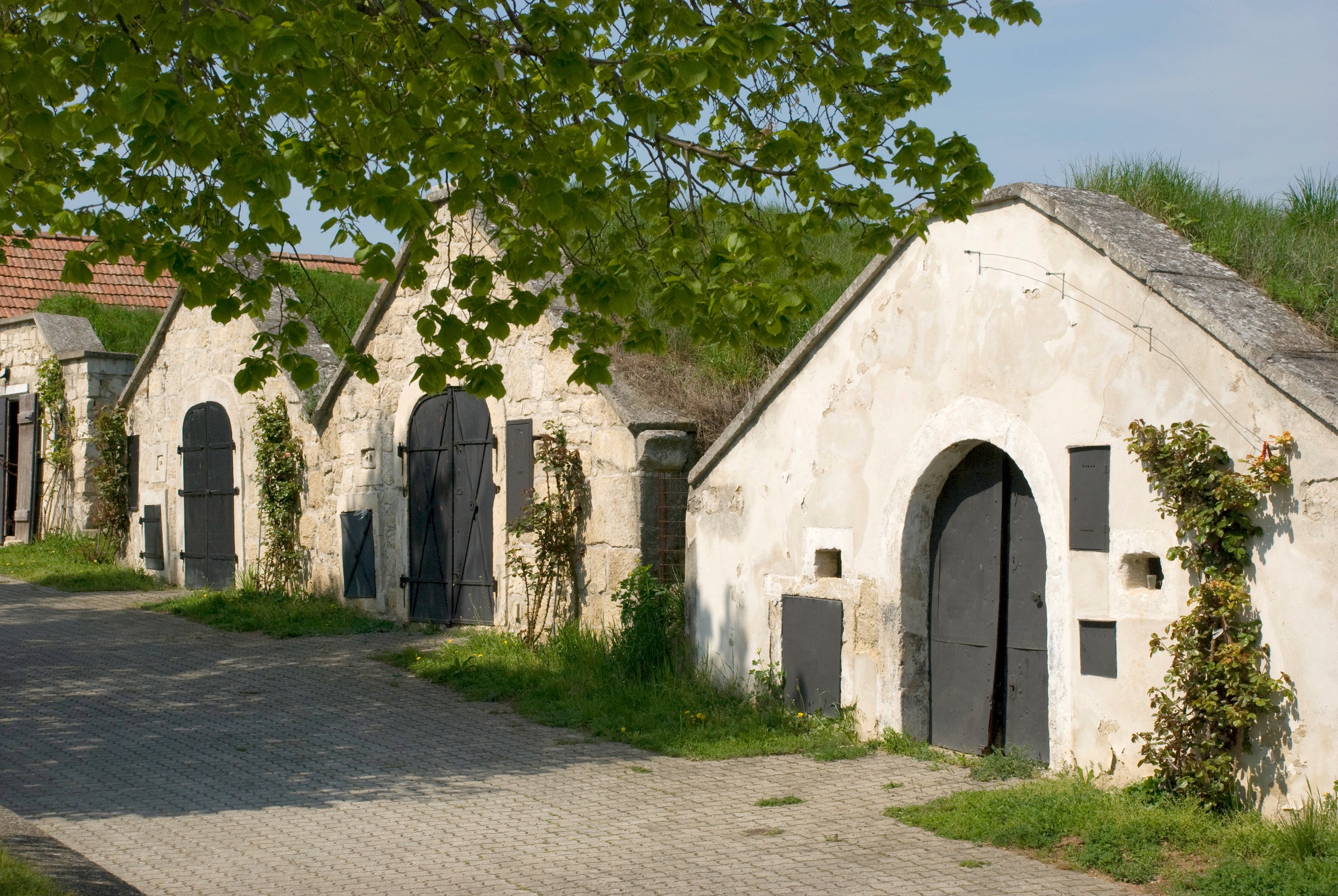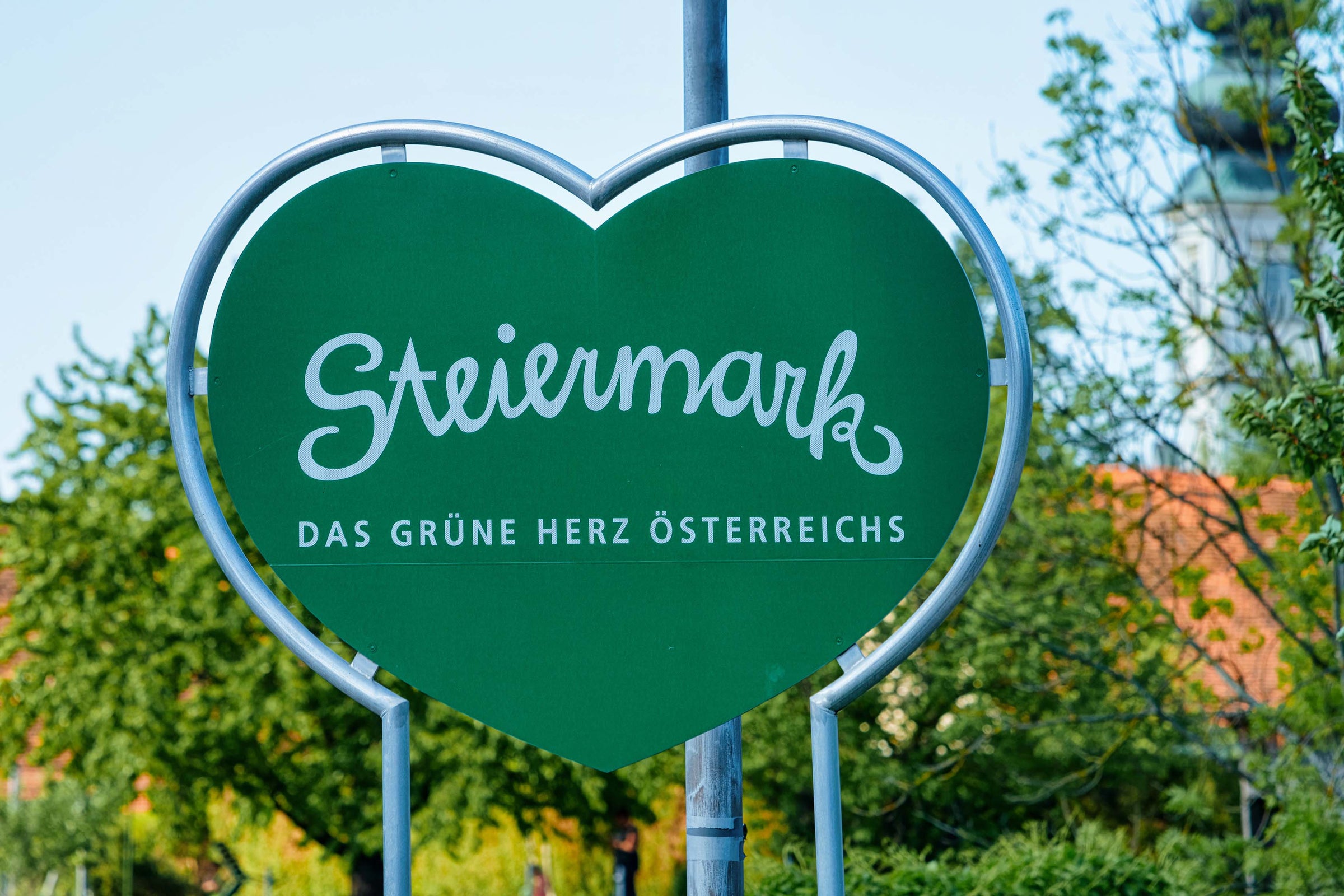Much like the Mosel region in Germany, Wachau is full of vertical hillsides of vineyards; they stretch steeply from the banks of the Danube to the mountainous peaks which hover above the expansive river valley. Winegrowing in the region dates back to Roman times nearly 2,000 years ago; many of the local families have lived this winegrowing and winemaking lifestyle for generations. The quality of the current wines coming out of this region is proof that serious passion, tradition, and attention-to-detail has been passed down and maintained—the Pichler family is a perfect example of what I am talking about.
Going back five generations, the Pichlers have focused their production on extremely pure expressions of indigenous white wines—the very best of which have achieved incredible recognition around the world. F.X. Pichler is by far one of the most famous and revered producers in the Wachau. The winery was established in 1898, and Franz Pichler Sr. first began selecting Grüner clones in 1906. Nearly a century later in 1999, Lucas Pichler, the grandson of the founder, was named winemaker. Today, he carries the torch.
This bottling carries the Wachau’s Federspiel designation, which indicates a slightly richer, riper style that reaches between 11.5% and 12.5% alcohol by volume. It is named for its vineyard site, Loibner Klostersatz, which is one of the most esteemed vineyards in the region. The Wachau’s positioning is such that it experiences a push-pull of cool air from the west and warm breezes from the Pannonian Plain to the east, creating an environment where vines are regularly refreshed and the growing seasoned lengthened—resulting in the amazing mix of racy tension and richness the best Federspiels exhibit. What today’s wine demonstrates, among other things, is how beautifully textured and substantial Grüner Veltliner wines can be.
Much of the terroir that is tasted in the glass is also attributed to the soil composition—no doubt influenced by the Danube River, which deposits brown earth and sand on top of the washed down primary rock from the terraces that tower above. The 2016 vintage was a beautiful growing season, and mature vines (16-36 years), produced small, intensely flavored grapes. Workers make multiple passes through Klostersatz, picking for perfect physiological ripeness, and then natural yeasts complete fermentation in stainless tanks and large oak casks. The wine is bottled unfined after one gentle round of filtration.
The 2020 FX Pichler “Ried Klostersatz” shows a vivid straw-gold with silver-green reflections. Explosively aromatic, offering up citrus peel, peach pit, and bruised yellow apple, with white-pepper-dusted legumes, and crushed rock minerality. This is one of the more graceful, elegant examples of Grüner that I can think of, delivering as much complexity in the nose as on the palate, which is what really sets FX Pichler at a notch above the rest. On the palate the wine is, lean, incredibly focused and seamless from start to finish, driven by pure, supple fruit flavors and a stark minerality. Layers of just-ripe white peach, yellow apple, and honeydew melon are met with an eye-opening kiss of cracked white pepper, with depth, persistence and great tension. Enjoy this now, or hold for the next decade. Decant for half an hour and serve in white wine stems at 45-50 degrees alongside a plate of salumi, mortadella, and hard cheeses, as they do in the Wachau—and coconut-rice crèpes filled with pork to liven up the night.
